Chapter 4, Part 6
In 1512 the Portuguese successfully reached the fabled Spice Islands after decades of sea explorations and conquests in the Indian Ocean. Ambon (Amboina), Ternate, as well as the Banda Islands were the main ports of call for the Portuguese in the sprawling islands better known as the Moluccas (Maluku) today. Nutmeg and clove were the reasons for these islands’ prominence in the global trade despite their remoteness for the two spices only grew in this part of the world at that time.
Portuguese colonial rule in Ambon proved to be both weak and limited, and by the early 17th century they were driven out by the Dutch through the Dutch East Indies Company (VOC). The Dutch were indeed late in joining the spice race, but the VOC had pioneered new ways of running a company. It was the world’s first ever multinational company as well as the first to issue stock, making the Amsterdam Stock Exchange the progenitor of modern stock exchanges.
With quasi-governmental powers, the VOC was run like a state of its own, and Ambon was chosen to be its administrative seat for all nutmegs and cloves would go through the port in Ambon before leaving for other parts of the world. Ambon remained the capital of the VOC until 1619 when the company moved its headquarters to Batavia (modern-day Indonesian capital of Jakarta) on the island of Java.
Throughout centuries of Dutch colonial period in Ambon, the island was from time to time contested by both the Dutch and the English – whose own East India Company (EIC) was the VOC’s main rival. After several brief periods of English colonial administration on the island, and Japanese occupation in the World War II, in 1945 Ambon – and the Moluccas – became a part of the newly-independent Indonesia. However, separatist movements soon emerged in multiple regions of the young, vast and extremely diverse archipelagic country. The Republic of South Moluccas was declared in Ambon five years after Indonesia’s independence, comprising of the island of Ambon itself, Seram and Buru. Less than a year after the declaration, the insurgents fled to Seram following their defeat from the Indonesian forces in Ambon. Eventually in 1966 the separatists withdrew completely from Seram and left the country for a self-imposed exile in the Netherlands.
The most palpable vestige of European colonization in Ambon is the religion where around 60% of its people are Protestants and Catholics. They had been living with the Muslims peacefully until 1999, one year after the fall of Suharto, a dictator who ruled Indonesia for 32 years. The former military general relented to the mass protests across the country following the 1997/98 Asian Financial Crisis when the Indonesian rupiah plunged more than 80% against the US dollar in just a few months, the nation’s economy shrank by almost 18% in the third quarter of 1998, and more than 70% of the companies listed on the Jakarta Stock Exchange went bankrupt. The collapse of the Indonesian economy created instability across the nation, a condition which gave enormous pressure to the social fabric of the troubled country.
In January 1999 the first communal riot broke, which was soon followed by large-scale sectarian conflicts across the Maluku islands. Often started as petty disputes, the squabbles then grew as a bloody massacre with belligerents from both Muslim and Christian militias, reportedly backed by hidden political and economic agenda as is the case with many other conflicts around the world. After four years of widespread violence and enmity from both sides, a peace agreement was finally signed in Malino, a hill town in South Sulawesi. According to a report by the International Crisis Group, the conflicts had claimed at least 5,000 lives and displaced more than 700,000 people.
As our plane approached the airport in Ambon, the island was covered in thick clouds. Yet despite the gloom, a turquoise ribbon along the coast was laid underneath, as if it was guiding us toward the runway. Soon afterward we landed on the wet tarmac of Pattimura International Airport with lush hills peeking from the background. We were ushered toward the immigration area, with neither immigration counter nor officer. In fact, 1998 was the last time the airport served scheduled international flights, one year prior to the deadly conflicts.
On our way to downtown Ambon, churches and mosques were spotted every now and then, and unlike in other Indonesian cities where either mosques or churches or pura (Hindu temples) dominate the skyline, there were as many churches as they were mosques in the city. Ambon was also far more developed than I previously imagined. A suspension bridge was under construction which would significantly reduce travel time from the north to the south parts of the island – naturally connected by an isthmus – and vice versa. In addition to that, an underpass was also being built to alleviate traffic congestion in the city.
During our short stay in Ambon we met Max, a mid-aged driver who left the city for Jakarta in 1971 and returned to Ambon for good in early 2015. In the Indonesian capital he literally started from zero and found a job as a manual laborer. As he grew up he changed job several times until he met a woman from West Sumatra who then became his wife.
“Ambonese are easy to smile, but also easy to be provoked,” he told us.
“I won’t be proud if my children become jagoan,” referring to the Indonesian slang for gang members. Indeed due to their physique many Malukans who move to Jakarta end up working as preman (another word to call gang members who are often associated with crime and violence) or debt collectors. “Many parents are proud when their children become jagoan, but not me,” he said, and quickly added “both the Bible and the Quran say that it is forbidden to earn money through bad ways.”
Curious of what an Ambonese thought about the sectarian conflicts more than a decade ago, I asked him more questions.
“Before the conflicts, the Muslims would help the construction of churches and the Christians would help their Muslim neighbors to build mosques. But now the society is more segregated. They are tired of the conflict, but they’re still segregated,” he recounted.
It will take years, if not generations, to heal the wound inflicted by years of conflict. Trust from both sides cannot be restored only in one night. Multiple efforts have been taken to ensure peace to forever stay. But the Ambonese might also need to look at the plethora of famous singers in Jakarta who were either born in Ambon or of Ambonese descent. Music is often dubbed as a universal language of friendship, and it surely can heal a wounded soul.
Click here for the full list of stories from the Spice Odyssey series.
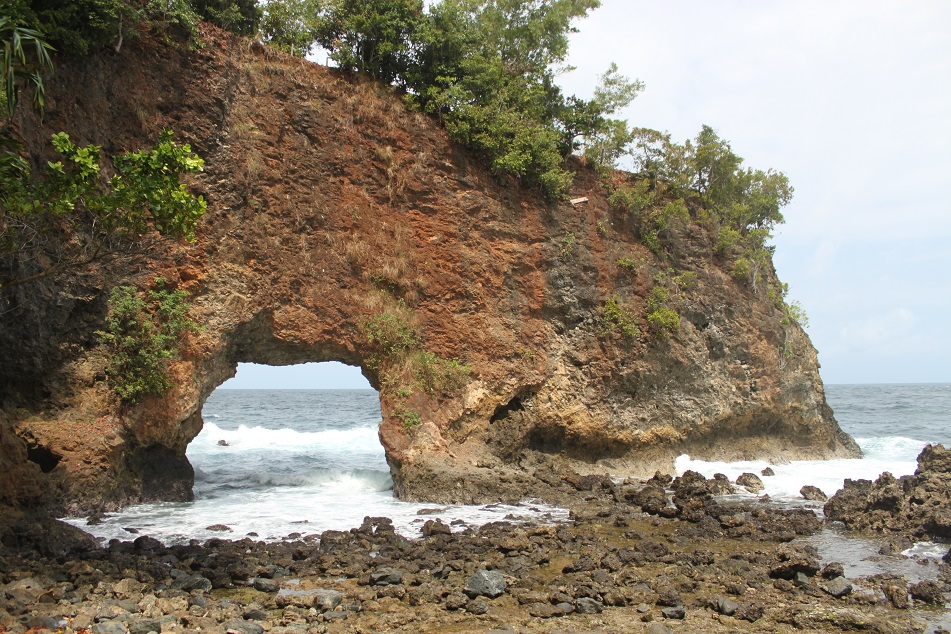
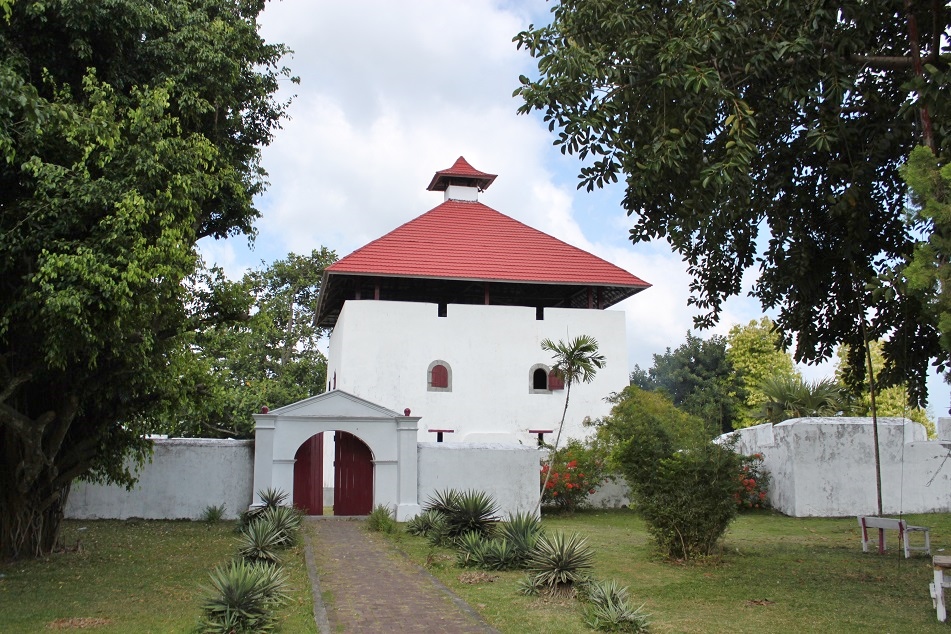
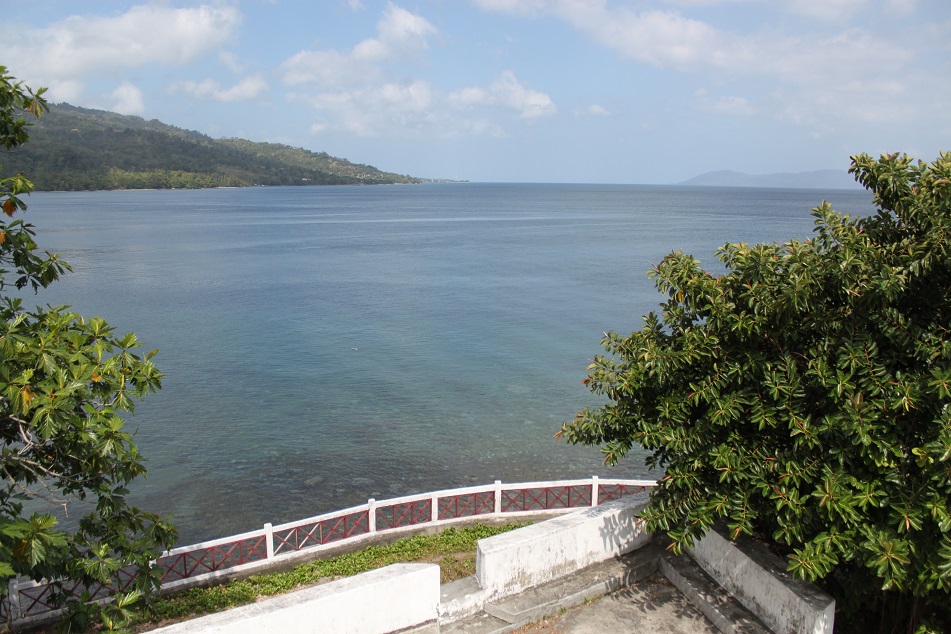
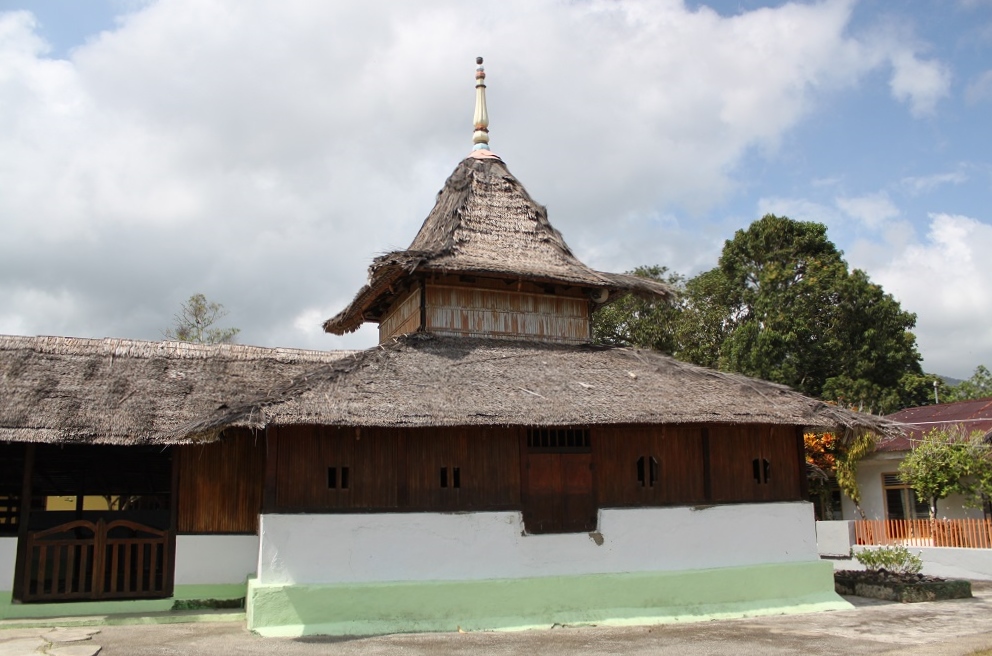
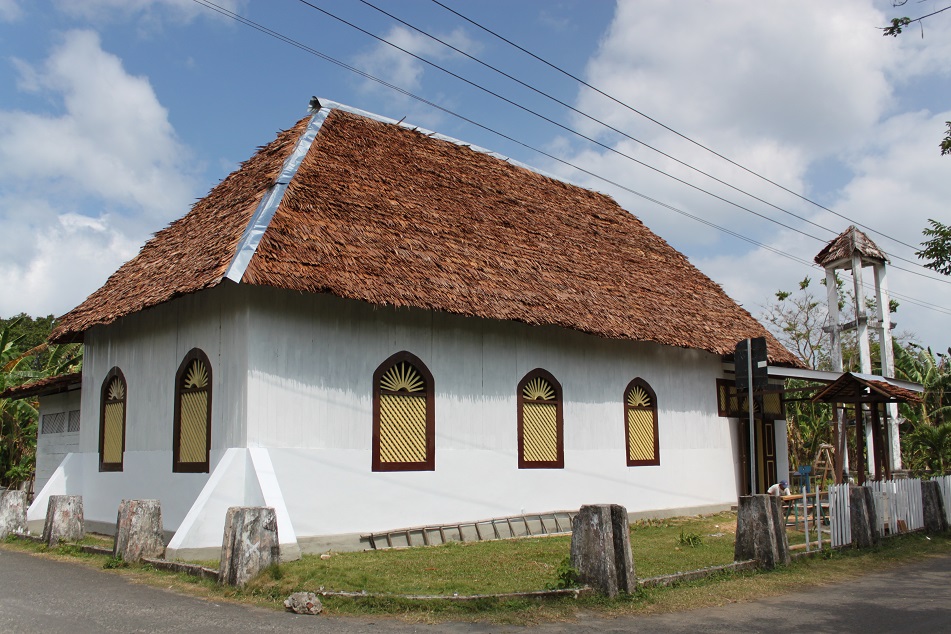

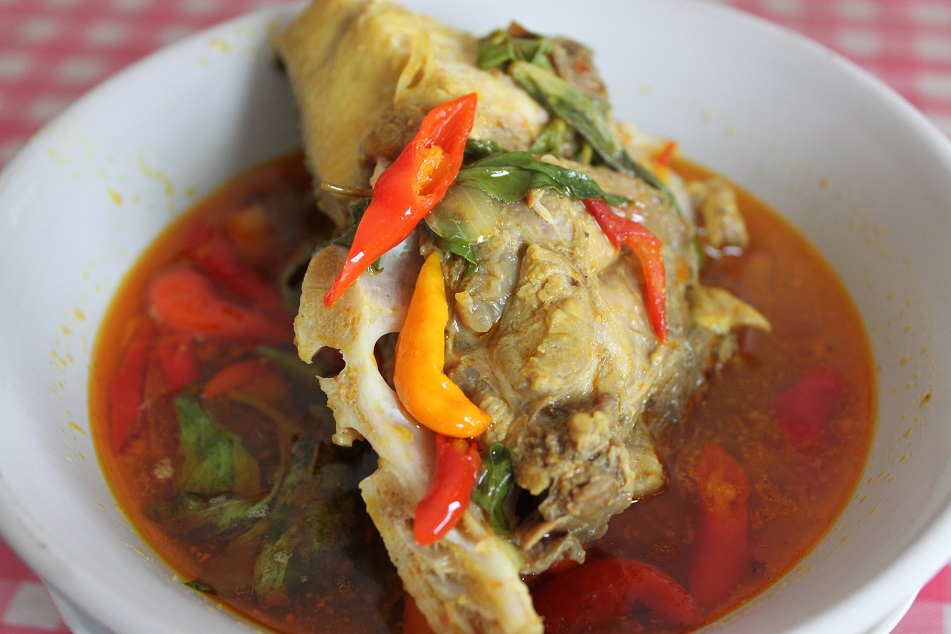
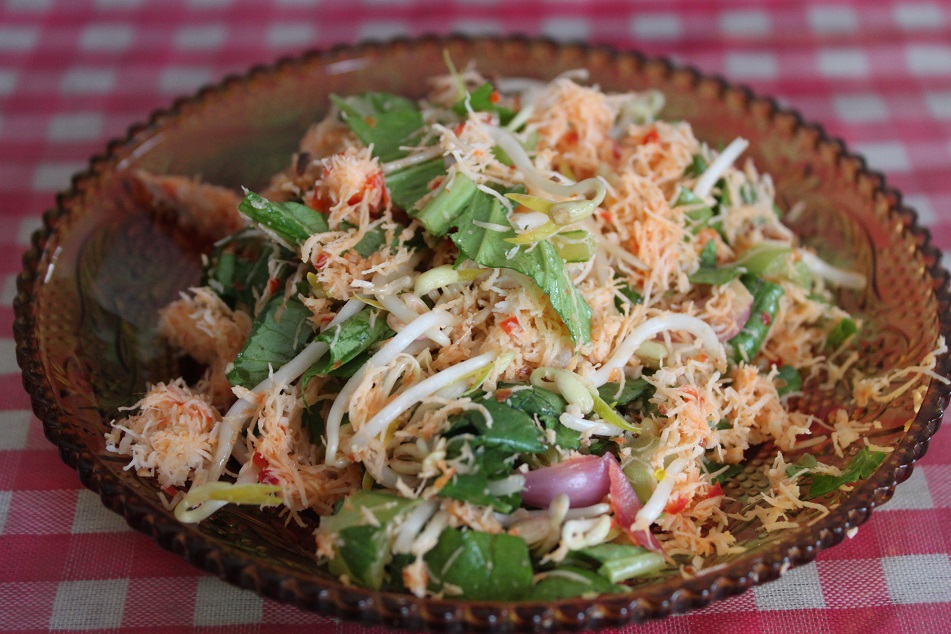

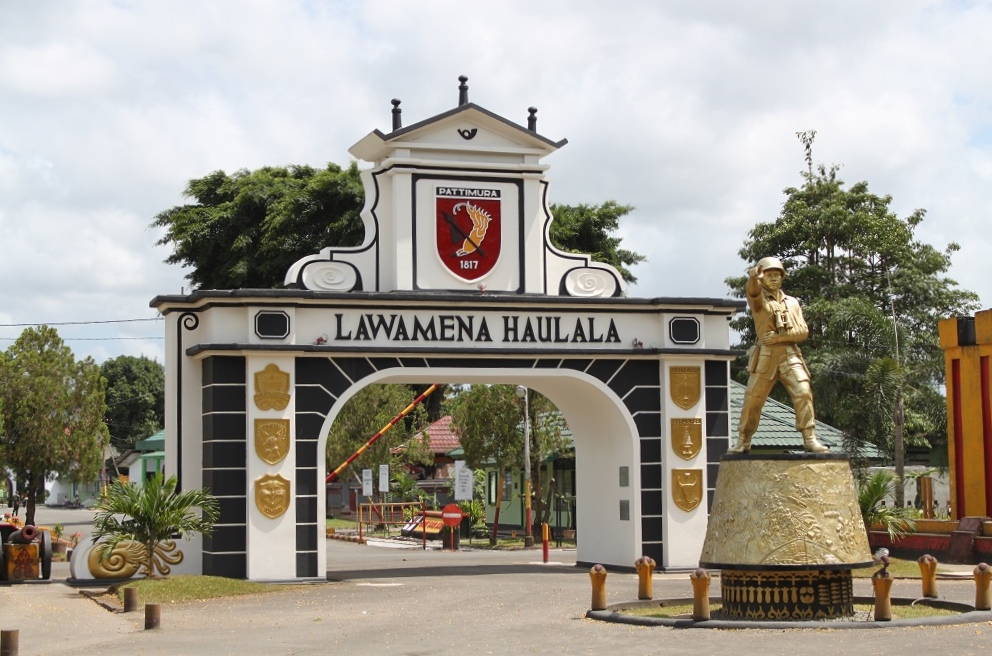
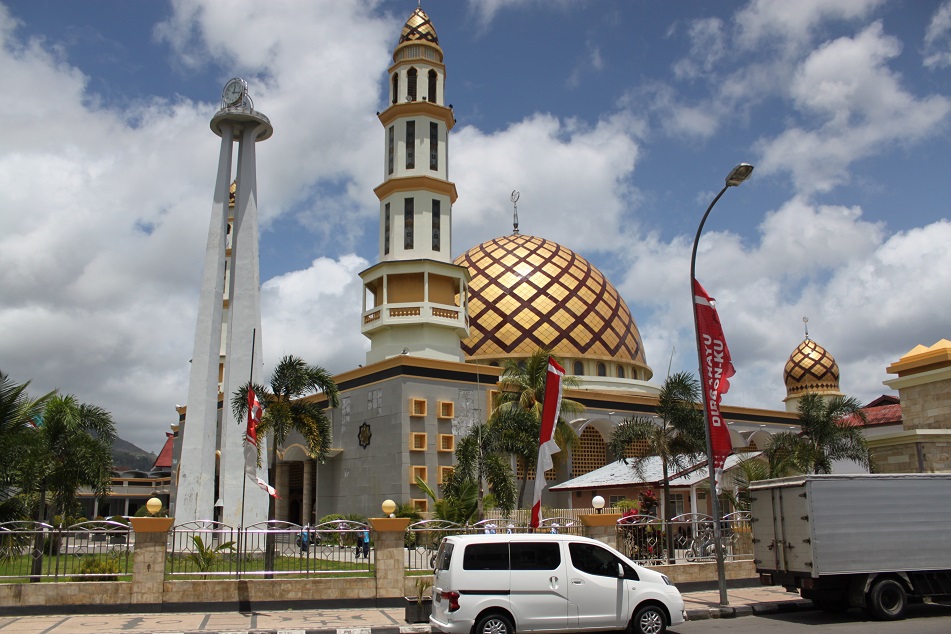
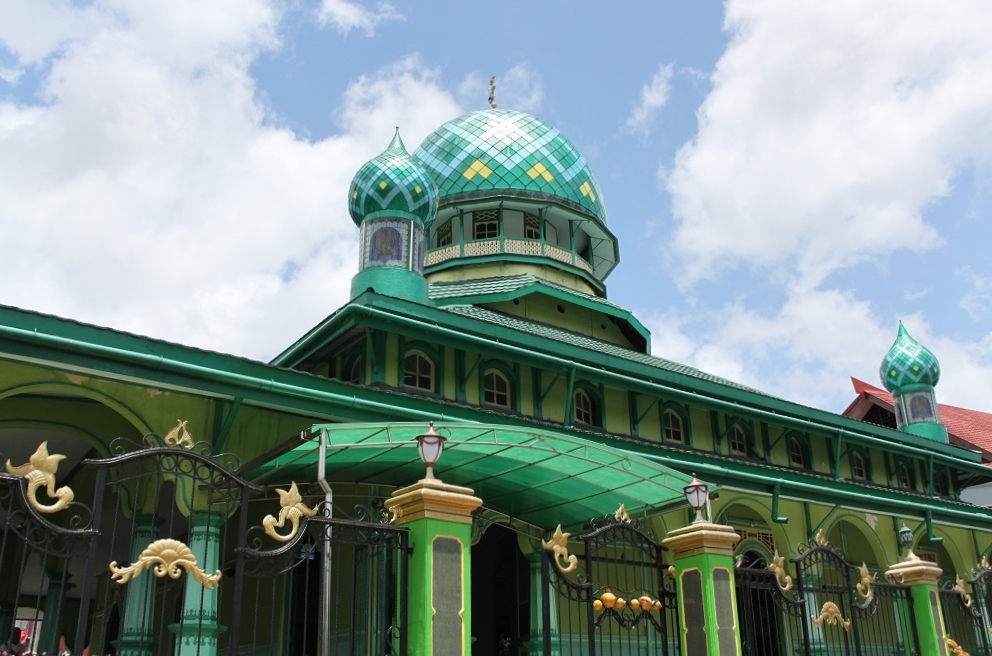
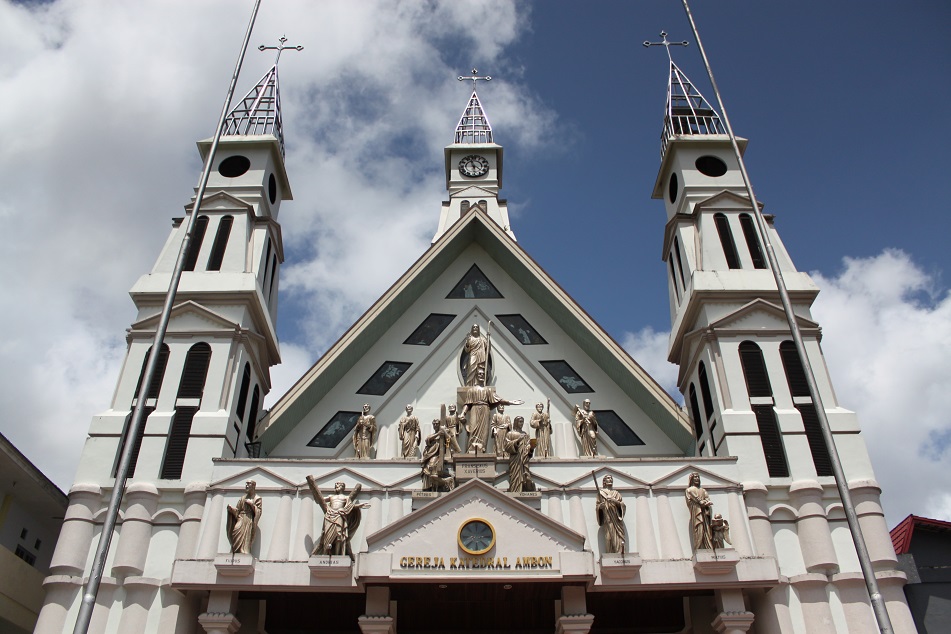
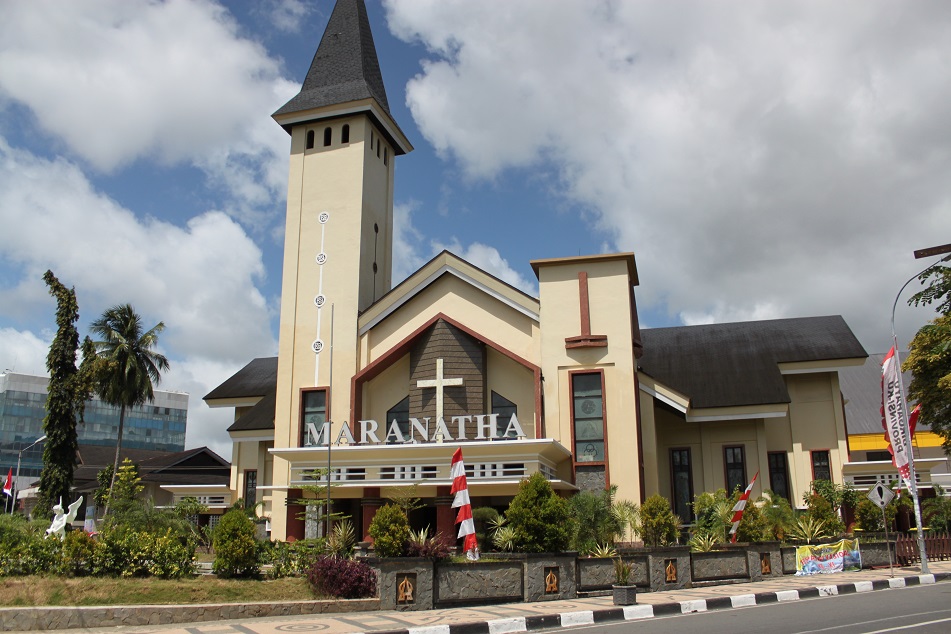



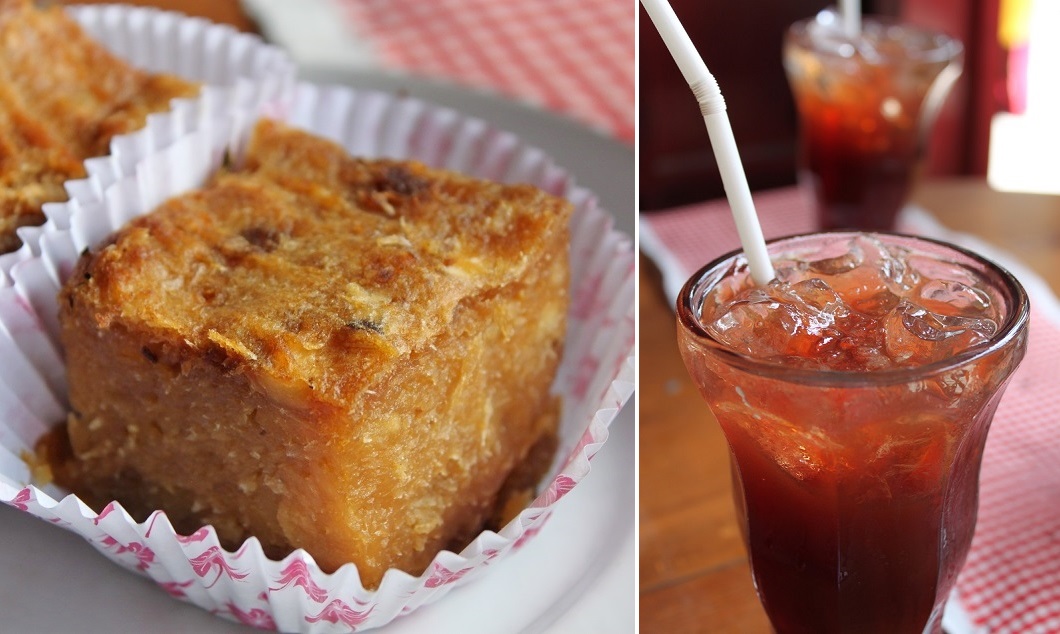
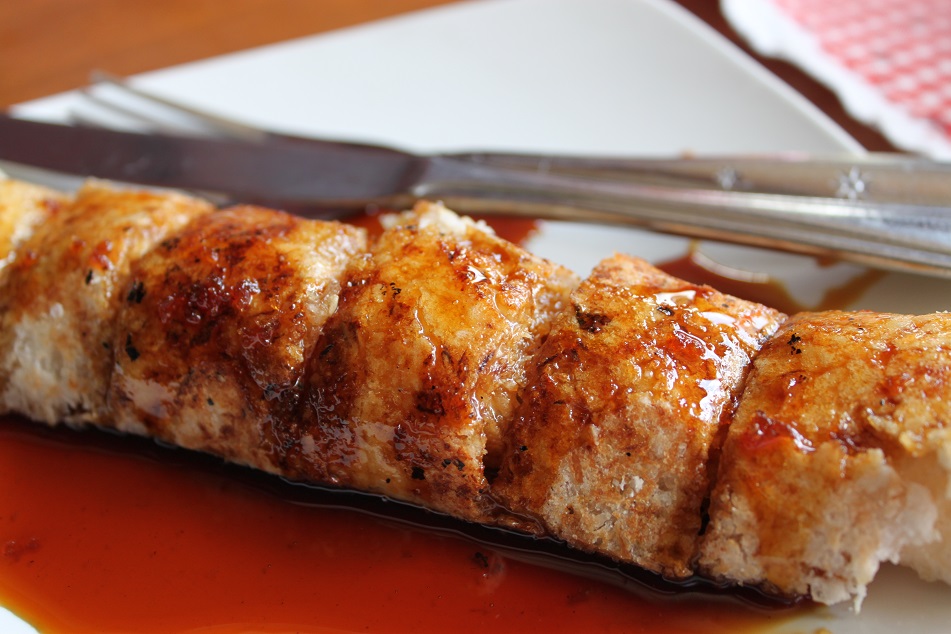
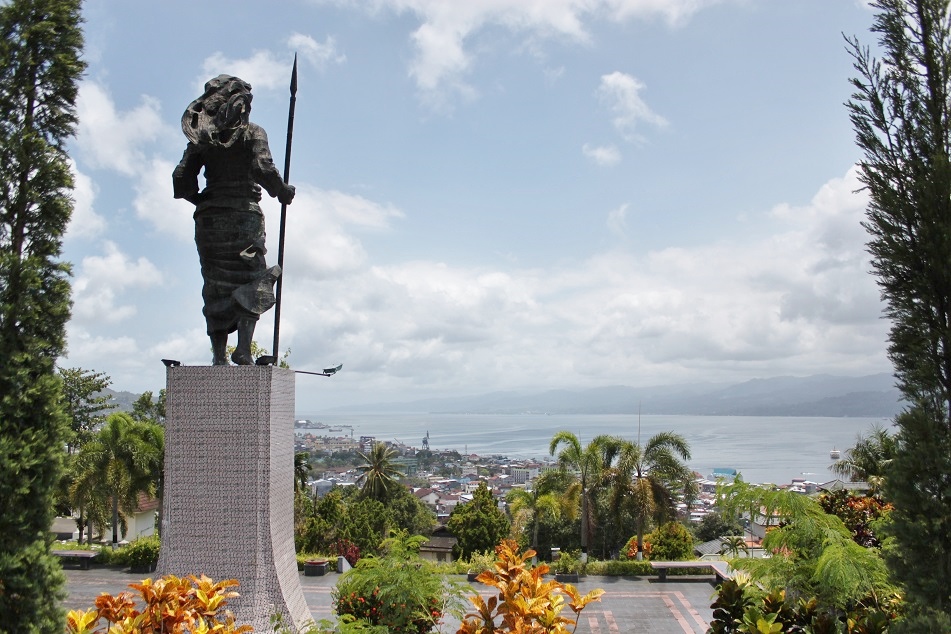

love your photos! makes me want to visit there. Food looks delish too! 🙂
LikeLike
Thanks Elizabeth! If you love desserts, you would love Ambon.
LikeLike
Makes great reading.
LikeLike
Much appreciated, Daniel! Glad you enjoyed this post.
LikeLike
A sad state of affairs in many locations: people who eat, look and speak the same let religion divide them.
LikeLike
It is very ironic to see how teachings which are supposed to make people better, turn out unleashing the worst of humanity when they are abused. From a number of Americans who still believe that Obama is a Muslim, to some radical Buddhist nationalists in Sri Lanka, a group of far-right Hindus in India who feel threatened by the minorities, the convoluted sectarianism in the Middle East, and the rise of Islamic conservatism, religion is used by those in power to divide people for their own political benefits.
LikeLiked by 2 people
Exactly
LikeLike
Akhirnya foto makanan keluar…. dan aduuuh mas Bama…. itu papeda…. bisa makannya? Hahahaha… *ngebayangin
Pernah tau kue yang namanya bagea? Dulu waktu kecil saya suka dikasih sejenis bagea yang makannya mesti pake palu atau dijepit pake pintu sangking kerasnya hahahaha… tapi kalo udah remuk ya enak aja. Tapi kalo dicampur kenari ga sekeras itu. Dan enaaak.
LikeLike
Awal-awal selalu gagal muter-muterin papedanya. 😀 Tapi setelah beberapa kali latihan akhirnya bisa juga, meskipun mungkin keliatan banget cara muter-muterinnya aneh.
Nah, saya pas di Ambon pengen coba Bagea juga. Sayang di tempat yang saya datengin itu pas lagi kosong. Wah saya baru tau kalo ternyata sekeras itu sampe harus pake palu. Lha terus pas digigit masih keras gitu mbak? Atau malah jadi lumer di mulut?
LikeLiked by 1 person
Hihihi kalau sudah pecah sih ga masalah kayak makan kacang gitu. Tp kan kalo pertama ga munglin segede gitu masuk mulut semua hahaha..
LikeLike
Mbak, saya itu dikenal mulutnya kayak ikan paus, apa aja bisa dilahap sekali emplok (Bahasa Indonesianya emplok apa ya? hehe).
Tapi kalo keras kayak bagea mungkin saya pikir-pikir juga sih. 😀
LikeLiked by 1 person
Incredibly beautiful and informational post!
LikeLike
Really appreciate your kind words, Peter!
LikeLike
Love the rock formations. Not the usual photos from you Bama but very much enjoyed seeing the rugged coast.
LikeLike
I didn’t realize the lack of rock formation photos on my posts until you mentioned it here, Sue. I should go out to beaches with rugged coasts more often, instead of being attracted to those ancient temples again and again. 🙂 Thanks for reading!
LikeLiked by 1 person
Well I am very happy to see the temples just great to see another aspect of your talents Bama and your world.
LikeLike
That’s really kind of you, Sue. In chapter 4 there will be LOTS of photos of colonial buildings though. 🙂 But I’ll try to also include different aspects of a place — the people for instance.
LikeLike
PAPEDAAA!! jadi kangen Ambon:(
Adis takdos
travel comedy blogger
http://www.whateverbackpacker.com
LikeLike
Saya udah lama gak makan papeda jadi kangen juga nih. Seru aja pas berusaha ngambil papeda terus dipindahin ke piring. 🙂
LikeLike
Wuih fotonya keren. Kecuali pantai Pintu Kota, semua tempat itu sudah saya datangi.
Bama, tolong kirim alamat lengkap, ya. Saya mau kirim buku gratis, karena Bama memberikan komentar yang ke 5.500 di blog saya.
salam
LikeLike
Thank you Bang! Pintu Kota memang agak jauh sih dari pusat kota Ambon, dan waktu saya ke sana jalannya agak rusak sedikit.
Wah makasih Bang. Tapi biar saya inget juga, saya komentarnya di postingan yang judulnya apa ya? Agak pikun nih, hehe..
LikeLike
Lovely pics. Great place. Seems must to visit. Thanks for sharing.
LikeLike
Thank you for reading and for leaving such kind words, Chetna. Hope you’ll get the chance to visit Ambon one day!
LikeLiked by 1 person
The food looks absolutely amazing! Nice!!
LikeLike
Anyone traveling to Ambon really shouldn’t give the food a miss. Thanks for reading!
LikeLiked by 1 person
I missed to try out sinoli..maybe another reason to return 🙂 I do hope for peaceful Ambon. A great story of Ambon and its past, Bama!
LikeLike
Sinoli will give you a sugar rush, to say the least. 🙂 But with all those beautiful beaches and hills, one has a lot of options to burn those calories. Everyone with a sane mind would certainly wish the peace to forever stay. Thanks for reading, Indah!
LikeLike
Ada urap juga yaa di ambon hehehe
Aku sempet makan papeda sama ikan bumbu kuning nya, waktu perjalanan ke seram dan itu lebih enak di bandingkan waktu makan sinonggi di kendari
LikeLike
Serupa tapi tak sama. Rasanya sih menurutku agak beda antara urap sama kohu-kohu, tapi dua-duanya enak. 🙂
Wah, aku malah baru denger sama yang namanya sinonggi. Barusan coba googling bentar, ternyata penampilannya agak-agak mirip sama papeda ya. Teksturnya lebih kayak lem kah?
LikeLike
All the culture in this, I love it.
LikeLike
I’m glad you do! Thanks for reading and hopefully one day you’ll be able to experience Ambon firsthand.
LikeLiked by 1 person
In our state of shock here, I haven’t had the energy to peruse too many blogs lately, but I wanted to let you know I did finally read yours! The architecture, with all that gold, black and white in chunky shapes, struck me as being very different from what you’ve shown in much of Indonesia. Dutch influence?
LikeLike
Lex, everyone I know is in shock. My coworkers were in disbelief when it was confirmed that Trump won the election. But let us not lose hope, no matter how grim things seem to be.
I really really appreciate your time for reading my blog, Lex. In the upcoming weeks I will be posting more posts and photos from, what I believe, one of the most fascinating corners in the world. Hope they help brighten up your days a little bit.
The architecture is indeed Dutch, but the colors are not. I do wonder though how it looked during the Dutch colonial administration.
LikeLiked by 1 person
Pingback: Islands that Changed the World: the Bandas | What an Amazing World!
Ambon memang benar-benar manis, sungguh indah melihat bangunan gereja aneka bentuk dan juga masjid yang saling damai berjejeran. toleransi memang begitu indah namun ada saja orang-orang yang tidak suka. padahal dengan beragam maka kita menjadi lebih menarik.
LikeLike
Betul. Justru keberagaman Indonesia menjadikan kita unik, dan merupakan aset yang seharusnya kita kelola dan kembangkan, bukan pertentangkan. Semoga negeri ini dapat terus dilimpahi kedamaian. Terima kasih sudah mampir di blog saya ya.
LikeLiked by 1 person
This is beautiful 🙂 the photos, the words, the thoughts… I also love what you stand for, showing cultures and your openness toward them one post at a time. I’m happy for the recognition you have and the audience who loves your work too! As a Third Culture Child this makes my heart warm 🙂
LikeLike
Thank you for the really kind and thoughtful comment. Opening ourselves to the world, to what we don’t understand, to those who are different from us, is the way for the world to heal from all of its wounds. I’m glad my blog makes you warm, as your comment does to me. 🙂
LikeLiked by 1 person
Pingback: The Banda Islands: Land and Sea | What an Amazing World!
Wah masjid tuanya masih terawat.
Kohu2 emang mirip urap ya 😀
TFS
LikeLike
Yup, untungnya masih sangat terawat meskipun lokasinya jauh dari mana-mana.
Dari sisi penampilan kohu-kohu memang mirip banget sama urap, tapi rasanya sebetulnya cukup berbeda menurut saya. Lebih enak yang mana? dua-duanya enak. 🙂
LikeLike
A wonderful post, Bama. I was pleasantly surprised by Ambon – after hearing only bad things about it, from the sectarian conflict to what that Polish journalist told us a month before, it was nice to see a booming, rather prosperous-looking city. And as you said, the roughly even ratio between mosques and churches was something I never expected to see in Indonesia.
LikeLike
Ah yes, I almost forgot about what that Polish journalist said to us. I do hope that the ongoing development in the city will not only benefit a few people — politicians, government officials and such. The people of Ambon deserve a better future, especially after what they had to ensure more than a decade ago. Thanks for reading, James.
LikeLiked by 1 person
Pingback: ikayulianipratiwi
Pingback: Rejuvenated in Kandy | What an Amazing World!
Pingback: Semarang: My Cherished Hometown | What an Amazing World!
Pingback: South Sulawesi: From Cave Art to A Modern City | What an Amazing World!